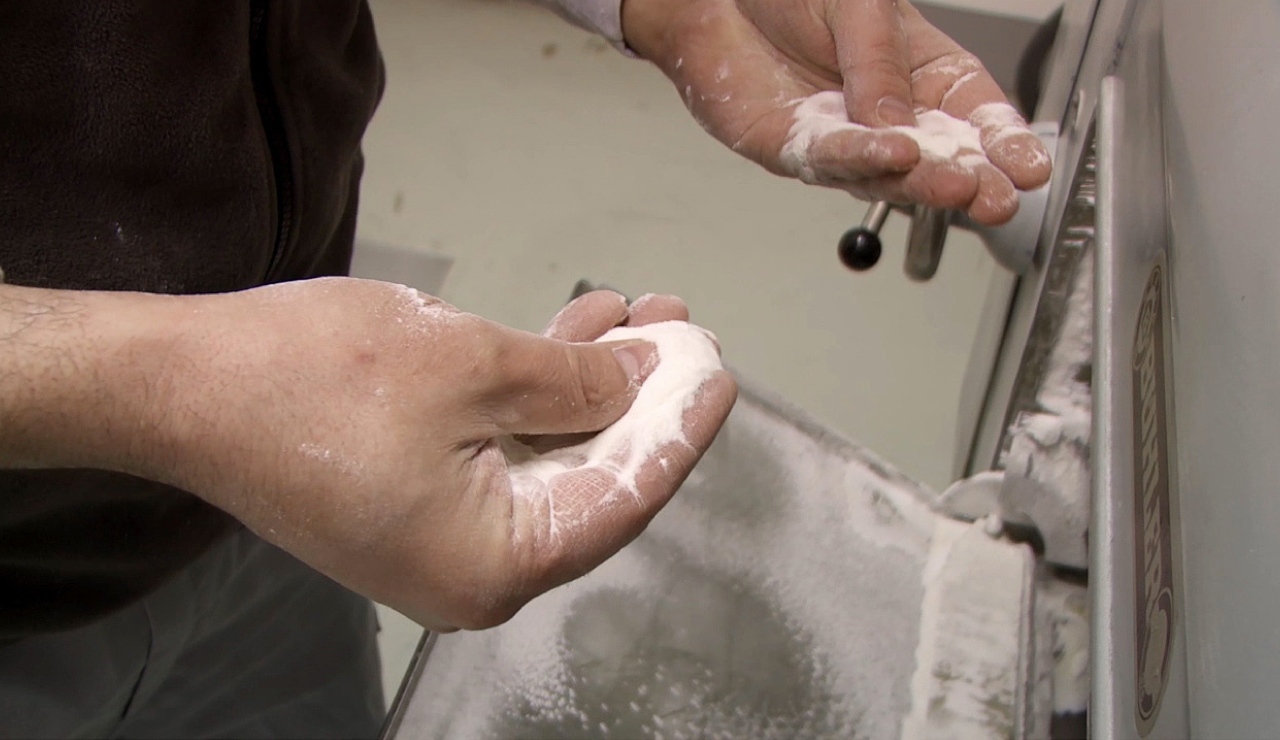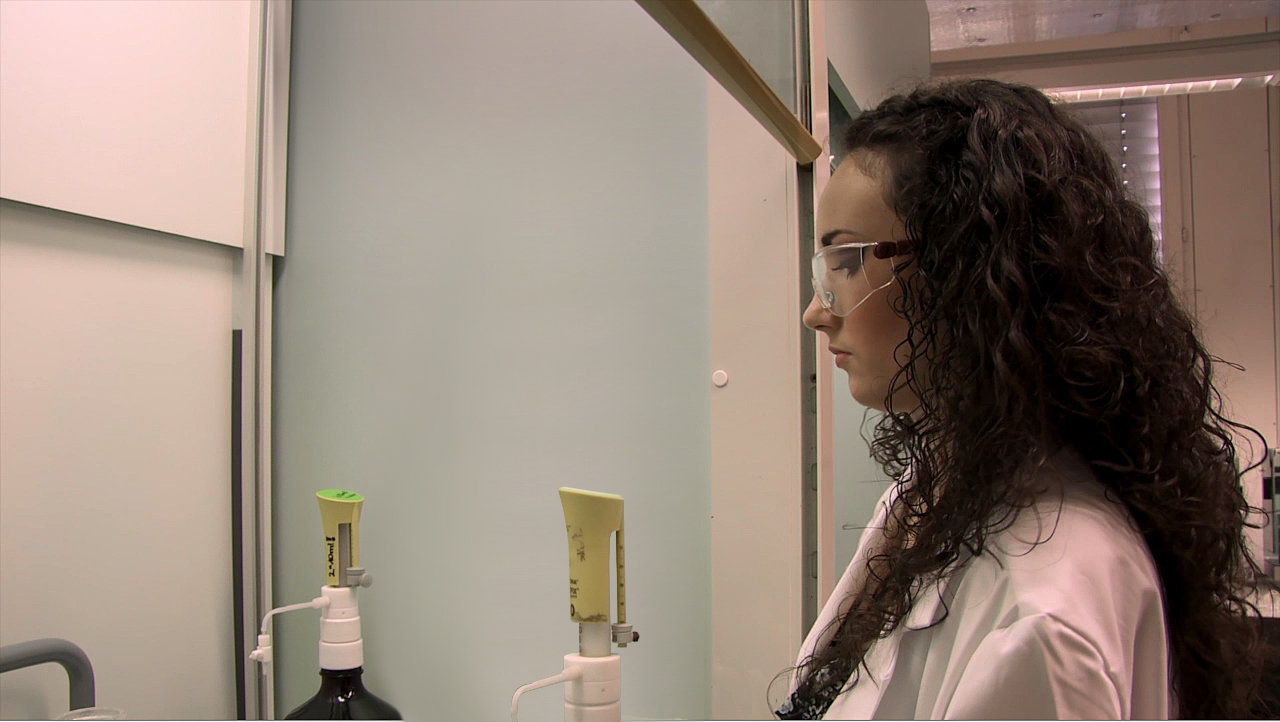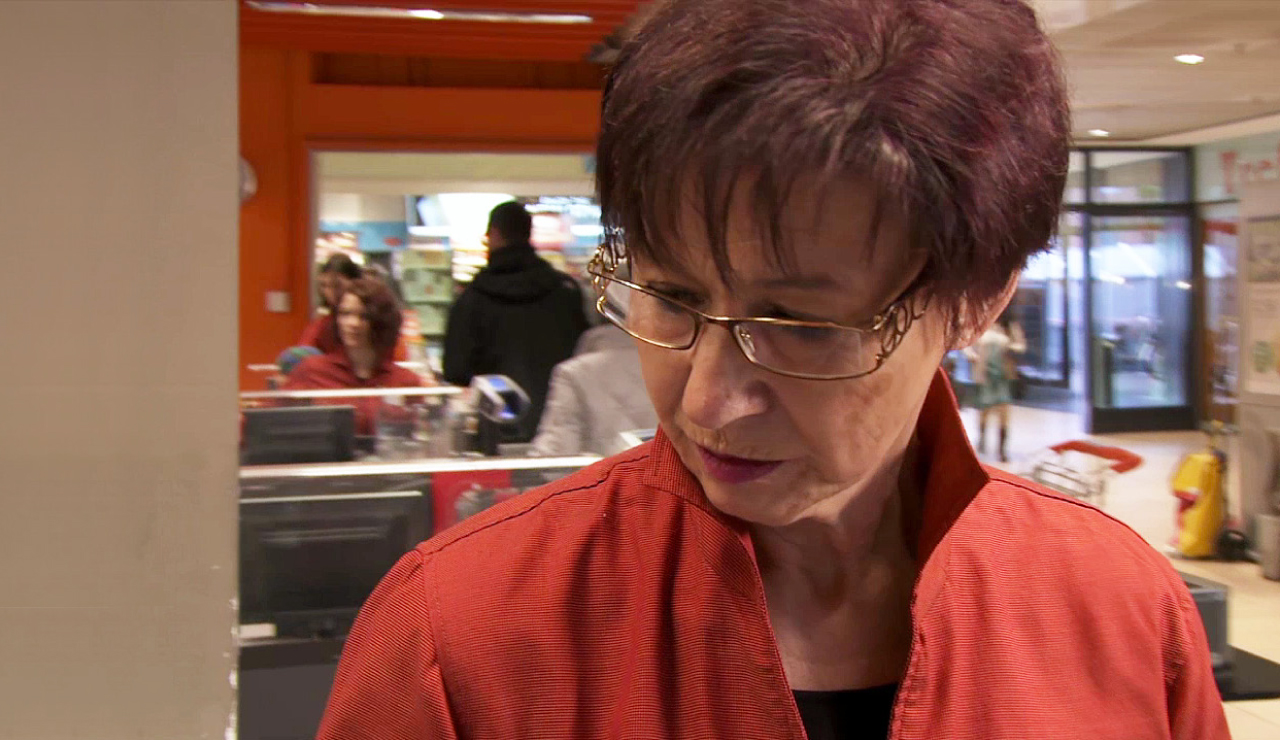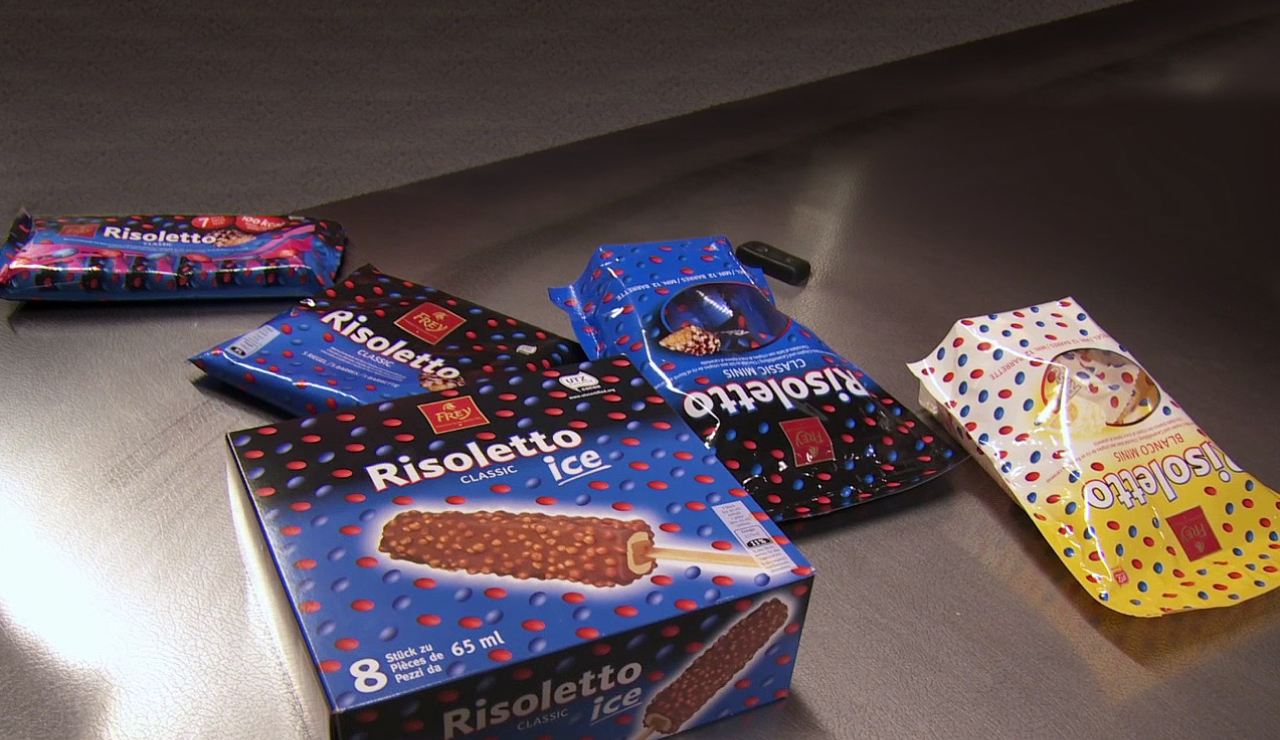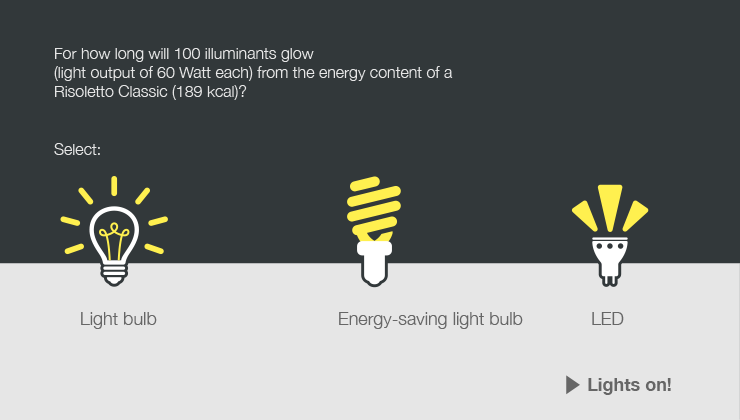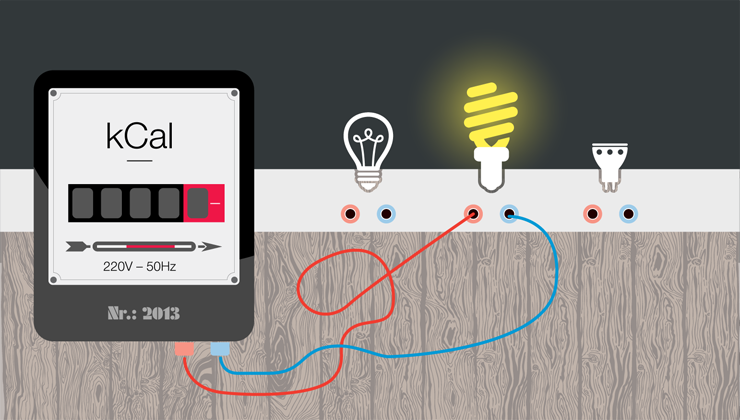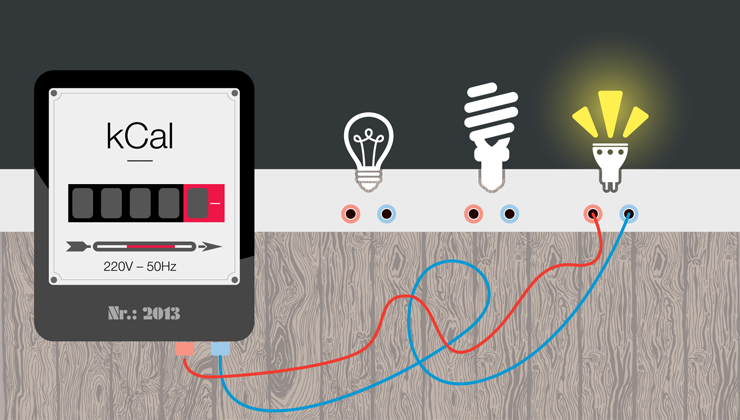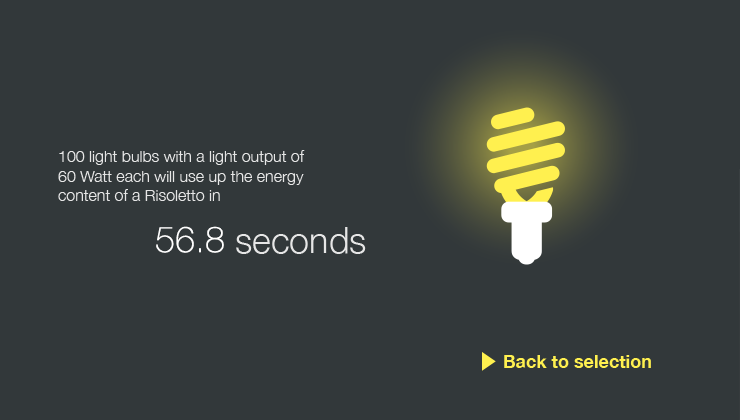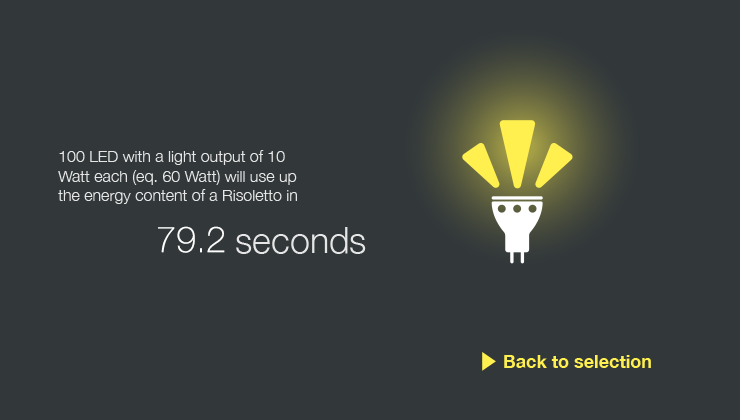On course with the climate and energy strategy
Migros is working on reducing its power consumption and greenhouse gas emissions even further. In 2013 it substantiated the objectives of its 2020 climate and energy strategy and involved the employees in its power-saving efforts.
For many years now, Migros has been working on systematically reducing power and energy consumption as well as greenhouse gas emissions. With its 2020 climate and energy strategy, it has set ambitious objectives at three levels: Migros wants to reduce energy consumption and the climate burden of products, reduce power consumption and emissions from operations, and help customers to shop in a more energy-efficient and climate-friendly way. Further companies of the Migros Group have been incorporated into the energy and environmental management over the past years; key indicators on energy consumption and greenhouse gas emissions are in place for the retailers Globus, Interio, Denner and Migrol as well as for Migros Bank and Hotelplan.
You find the tables of the greenhouse gas emissions (GHG) and energy consumption of the Migros Group here.
Specific targets
Over the past months, Cooperative Retailing has substantiated the targets of the climate and energy strategy for all branches, the ten regional operations centres and the three national distribution centres. The general targets – to use 10% less power and emit 20% less greenhouse gases between 2010 and 2020 – were confirmed. The detailed planning showed that, for power in particular, additional efforts are required to reach the pursued absolute values in order to compensate for the area growth of the branches.
Migros' 18 industrial enterprises have started implementing their set targets. They aim to reduce power consumption by 1% each year and heat consumption by 1.8% per tonne produced. CO2 emissions from fuels are to be reduced by 10% in absolute terms between 2010 and 2020. By the end of 2013, M-Industry had reduced its power consumption by 0.7% and its heat consumption by 5.4% per tonne produced; CO2 emissions from fuel fell by 5.5% in absolute terms. Cooperative Retailing reduced power consumption by 1.7% and greenhouse gas emissions by 8.0% in comparison to 2010.
Charts on greenhouse gas emissions
Cooperative Retailing and Industry
1 Scope 1 and 2 in accordance with Greenhouse Gas Protocol
2 Own vehicle fleets of the Migros Cooperatives and Scana
3 in accordance with Swiss consumption mix at 132.9g CO2 eq/KWh power. New emission factor in accordance with FOEN, also applied to previous years for comparison purposes
Charts on energy consumption
Cooperative Retailing and Industry
1 Own vehicle fleets of the Migros Cooperatives and Scana
Power-saving days for staff
One focus in 2013 was to involve employees in efforts to save power. Migros thereby aims to buck the current trend in Switzerland towards more power consumption. Power-saving days on the four focus points of lighting, standby devices, cooling and water were held in 18 companies. As a whole, Migros raised awareness of power saving at home and at work among more than 40'000 people. The employees submitted well over 200 ideas for power-saving measures within their companies.
Economical branches
In the branches, the biggest potential for reducing energy consumption lies in installing energy-efficient technology as part of conversions and new builds. One successful example of this is the Brunnen branch, where power consumption was halved and gas consumption reduced to zero after the conversion. This success was due to consistent use of LED technology for lighting, an optimised building services concept with requirements-based ventilation as well as efficient cooling technology.
With innovative cooling technology such as CO2 or propane refrigeration compressors and glass doors in cooling units, power consumption can be reduced dramatically. With glass doors, power consumption per running meter can be reduced by 30 to 45% in comparison to conventional cooling units. In 2009 Migros became the first Swiss retailer to start the conversion. 112 Migros branches have already been fitted with glass doors, either fully or in individual areas. This corresponds to 2'991 running metres of cooling units.
Renewable energy
Migros not only reduces its greenhouse gas emissions through better energy efficiency, but by replacing fossil fuels with renewable energy. Nine logistics centres already use heat from wood, geothermal heat or district heating. In 2013 the operations centre of Migros Basel was also connected to the district heating grid of the industrial plants. The share of renewable energies in the total heat consumption of Migros is now 15.4% (2012: 15.6%).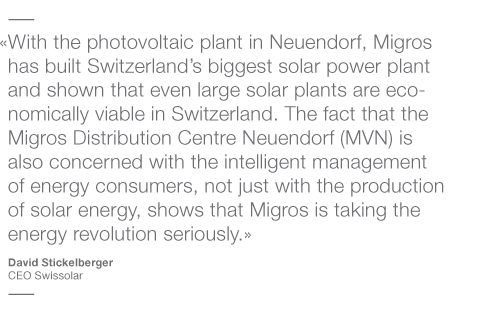
Migros is one of the biggest buyers of renewable power in Switzerland and procured 84 GWh of certified green power (naturemade star and basic as well as TÜV-certified green power) in 2013. Migros also produces green power itself: a total of 30 solar power plants with an installed output of 12'193 kilowatt peak are installed on the roofs of Migros buildings. They generate some 11‘400 MWh of power annually, which corresponds to the power consumption of around 2500 family homes.
Minergie & renewable energy
| 2009 | 2010 | 2011 | 2012 | 2013 | |
|---|---|---|---|---|---|
| Minergie-certified area (1000m2, Migros-Gruppe) | 293.9 | 404.9 | 789.9 | 821.5 | 872.2 |
| Procurement of green power (in GWh) | 85 | 89 | 101 | 87 | 84 |
| Solar power plants (installed capacity on Migros roofs in kilowatt peak) | 750 | 2‘604 | 3‘220 | 4‘690 | 12‘190 |
| Proportion of heat from renewable energy (in %) | 12.6 | 14.1 | 13.8 | 15.6 | 15.4 |



